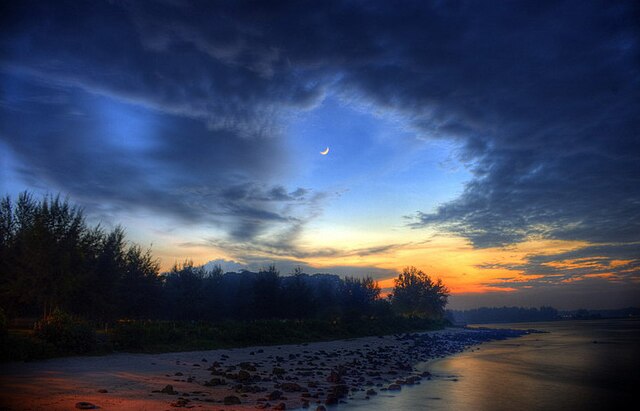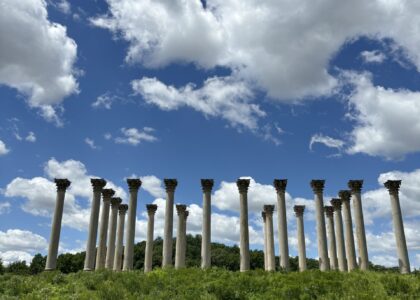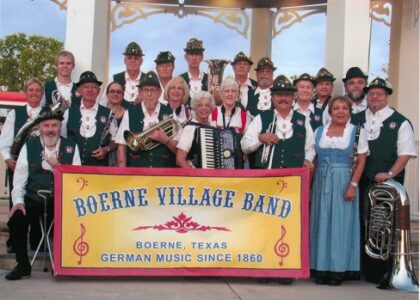Welcome to the Serangoon River’s Past, a place where history flows as surely as the waters themselves. As you journey along this river, imagine the vibrant scenes of the past that have unfolded along its banks. The Serangoon River, known in local Malay as Sungai Serangoon, has been a silent witness to the transformation of Singapore from a humble fishing village to a bustling global metropolis.
The origins of the Serangoon River are as old as Singapore itself, with the river weaving its way through the land long before urbanization took root. The river was a crucial waterway for the early settlers of Singapore, facilitating trade and transport in the region. In the 19th century, it served as a vital artery for local communities, supporting fishing and agriculture, which were the lifeblood of the area’s economy.
In the mid-1800s, the river saw the arrival of Chinese and Indian immigrants who settled along its banks, bringing with them their rich cultures and traditions. These communities contributed to the melting pot of Singapore’s diverse cultural tapestry, with the Serangoon area becoming known for its vibrant mix of ethnicities.
One notable figure associated with the area is Tan Kah Kee, a prominent Chinese businessman and philanthropist. His legacy includes significant contributions to education in Singapore, and his influence extended to the communities along the Serangoon River. Tan’s life and work are a testament to the industrious spirit that has characterized the area for generations.
As Singapore began its rapid modernization in the latter half of the 20th century, the Serangoon River underwent significant changes. The riverbanks, once lined with kampongs (traditional villages), evolved into residential and commercial developments. The construction of the Serangoon Reservoir in the 1980s was a pivotal moment in the river’s history, transforming it into an essential part of Singapore’s water management system.
Today, the Serangoon River is more than just a waterway; it’s a symbol of Singapore’s resilience and adaptability. The river’s legacy lives on in the stories of those who have lived and worked along its course, and in the continued importance of water sustainability in the city-state’s ongoing development.
As you continue your journey, take a moment to reflect on the river’s enduring role in Singapore’s history. The Serangoon River’s past is a rich tapestry of cultural exchange, economic development, and environmental stewardship—an integral part of the broader narrative of Singapore’s transformation into the thriving nation it is today.





